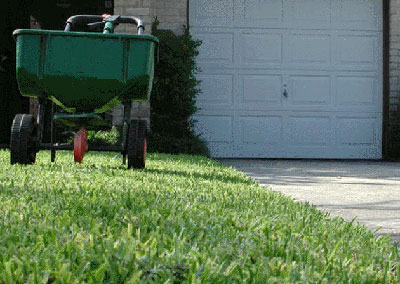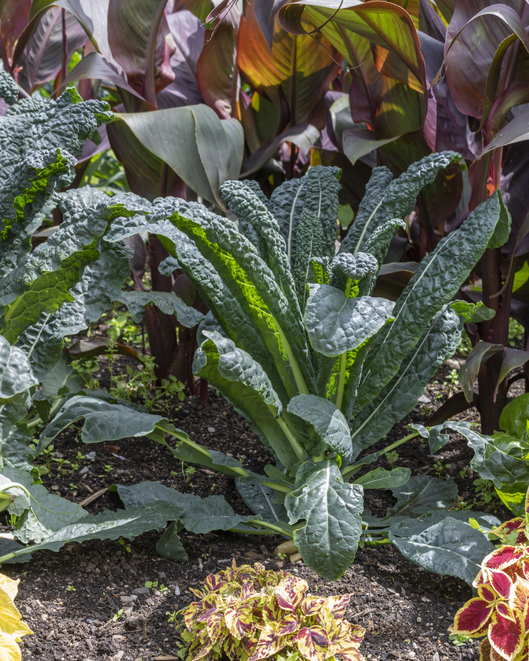Fertilize grasses now for a lush, green lawn next spring neighbors will envy. I know what you’re thinking: “Why should I fertilize my lawn in the fall before dormancy?” You’re probably hoping it will quit growing soon so you don’t have to mow any more.
As someone who is also getting weary of mowing the lawn, let me explain the logic: Lawn grasses (bermudagrass, centipede grass, St. Augustine grass) are called perennial grasses for a reason. They remain on the lawn through summer and winter for as many years as we care to maintain them.
Prepare for cold weather
After a long growing season of periodic stress from dry weather and rapid growth during periods of wet weather, lawns use up a good deal of soil fertility. Although we wait until spring green-up to add fertilizer that will promote growth, it’s a good idea to prepare your lawn for the winter cold.
Like most landscape and gardening chores, fall lawn fertilization starts with a soil sample. You can begin to build low pH, low P (phosphorus) and low K (potassium) levels this fall and continue in the spring. It can take two to three months for lime to permeate the soil profile and change acidity in the root zone. So, fall applications of lime are ideal.
In addition, a medium level of phosphorus is needed so the grass can come out of winter dormancy and green-up in the early spring. Again, phosphorus moves slowly in the root zone so a fall application makes good sense.
As for potassium, at least a medium level is needed to help keep roots healthy and prevent winter kill. Adding a ‘touch’ of nitrogen won’t hurt although you don’t want to overdo this fertilizer component.
Don't put too much nitrogen
If you haven’t added nitrogen since mid-summer, a little bit will keep the lawn growing until frost. Be careful. Applying too much will create grass that’s still in a ‘growing’ mode when the first hard frost arrives.
There are many pre-blended, bagged fertilizers from which to choose. The sequential numbers you see on the bag is typically called the ‘nutrient analysis’ and it gives the percentage of nitrogen-phosphorus-potassium found in that bag. For example, a 10-10-10 fertilizer has 10 percent nitrogen, 10 percent phosphorus and 10 percent potassium by weight.
For fall turfgrass applications, look for fertilizer with a low first number (N) and middle and last numbers around 10-18. Choose a 6-12-18 or a 4-12-12. Spread about 6 to 7 pounds per thousand square feet.
Follow the proper steps now (soil test, fertilizer and lime) and you can park your mower for the year. But, leaves and pine straw are beginning to fall, so don’t pack up your rake.
For more information on caring for home lawns, contact your local University of Georgia Cooperative Extension agent at 1-800-ASK-UGA1 or go to the website www.Georgiaturf.com.








